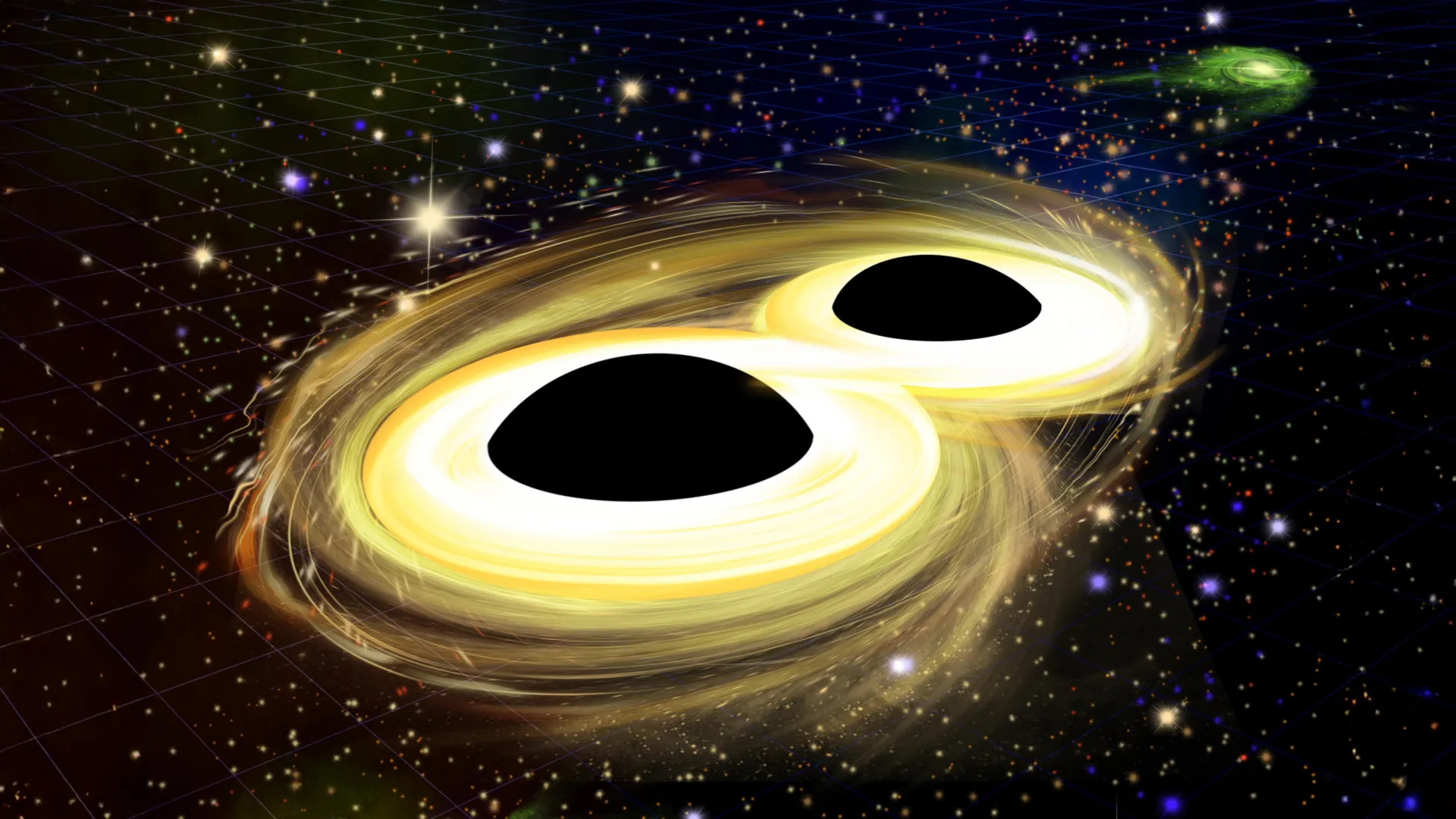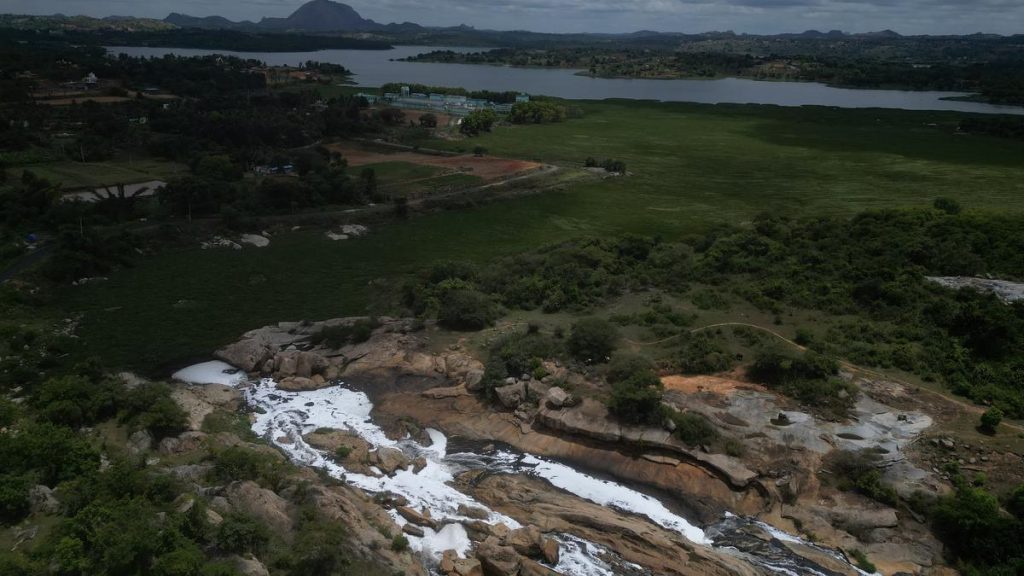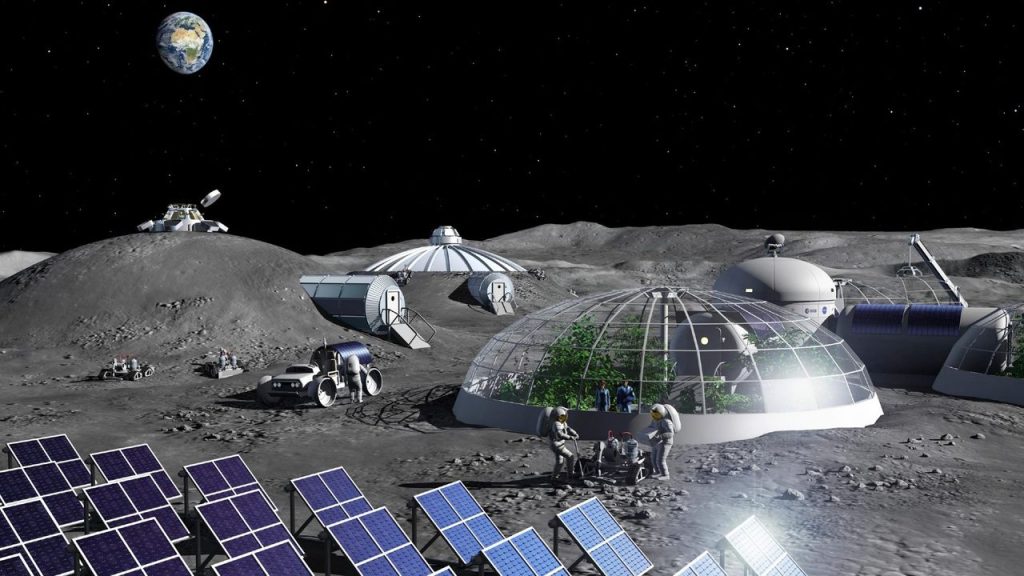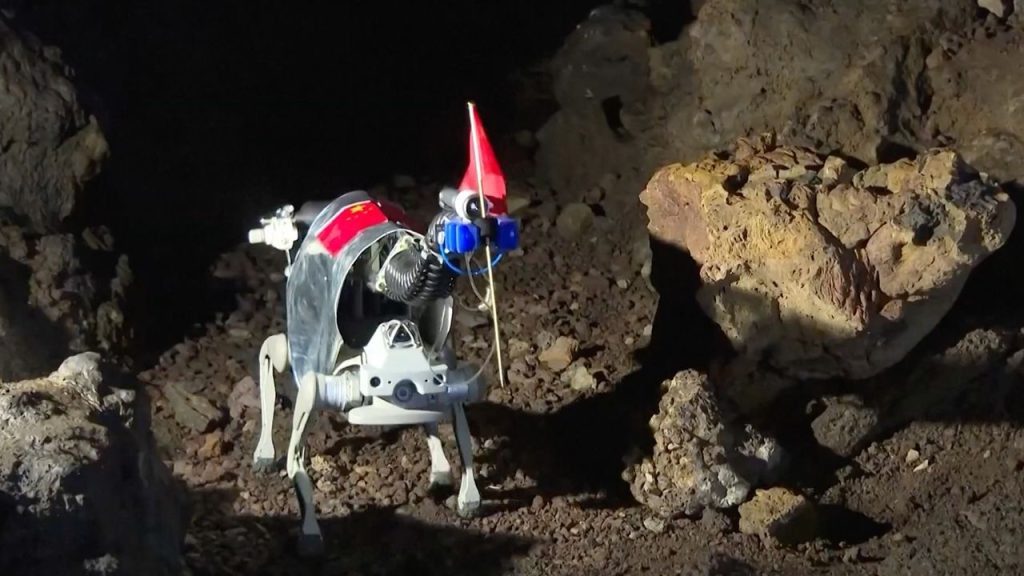Now Reading: Astronomers Spot Record-Breaking Collision of Two Gargantuan Black Holes
-
01
Astronomers Spot Record-Breaking Collision of Two Gargantuan Black Holes
Astronomers Spot Record-Breaking Collision of Two Gargantuan Black Holes

Rapid Summary
- The LIGO-Virgo-KAGRA (LVK) Collaboration detected the merger of the most massive black holes observed via gravitational waves on November 23, 2023.
- The merged black holes had masses approximately 100 and 140 times that of the Sun, forming a final black hole over 225 times solar mass.
- This record-breaking system features extremely rapid spinning black holes, challenging detection technology and theoretical understanding.
- Gravitational-wave detectors pushed their limits to accurately model this highly complex event during their fourth observing run (O4), which began in May 2023.
- Researchers speculate thes massive black holes could have formed through earlier mergers of smaller ones, as traditional stellar evolution models cannot account for them.
- GW231123 presents opportunities for refining data analysis tools and theories in gravitational-wave astronomy. Full interpretations may take years to develop.
- The findings will be showcased at international conferences in Glasgow (july 2025), with calibrated data made openly available to researchers.
Indian Opinion Analysis
The detection of GW231123 represents a significant milestone for astrophysics, empowering global scientific collaboration between facilities like LIGO (USA), Virgo (Italy), and KAGRA (Japan).For India, home-grown initiatives related to advanced physics-such as the upcoming LIGO India facility-could benefit immensely from such international partnerships. India’s involvement might allow greater contributions toward unraveling cosmic phenomena while simultaneously fostering domestic technical expertise.
The finding challenges existing models by introducing questions about formation processes that go beyond standard stellar evolution narratives. These unresolved mysteries also create exciting avenues for theoretical physics research globally. With its committed investment in space science programs like ISRO’s gravitational studies mission proposals and India’s participation in large-scale observatories like Astrosat, adapting findings from events like GW231123 will further bolster India’s positioning within cutting-edge cosmological research.
This breakthrough reminds us how well-coordinated global cooperation can push scientific frontiers-but also highlights extensive work ahead to understand extreme cosmic events fully. India stands poised to share both obligations and potential rewards through cooperative ventures into astronomical advancements aligning technological growth with unexplored worldwide knowledge spaces-an effort vital especially facing future collaborations unlocking deeper-era inquiries altogether beyond-massive challenges locations altogether continuing broadening impactful disciplines engaging sustainable outward exploration scales holistic expansions team wider ranges curiosity foundational advantage transcending unique momentums contributing bold pathways merging upcoming inspiring periods horizons unexplored dimensions builds continuing analyses shared=ax्न।




























